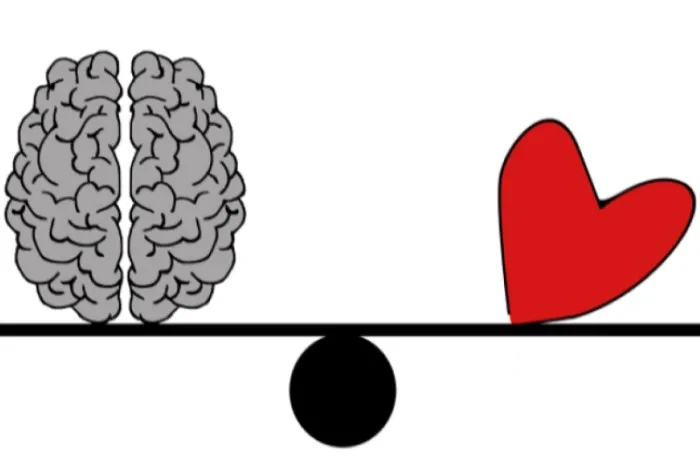Headache management
The impact of headache
Headache is a major health issue. Just migraine alone affects 10% of our population and is the second leading cause of disability globally, the most common cause of disability in young women. Unfortunately treating headaches is challenging and the current traditional system of treating headaches often leaves patients unsupported.
The status quo
Most people think that the best way to free oneself from the clutches of chronic headache is to find the “right” medication or combination of medications for it. While medications may have a role in getting you to your preferred future, this approach is riddled with challenges:
- Finding a knowledgeable provider to which you can be referred can take up to a year or longer.
- Often there is a trial-and-error approach that is cumbersome.
- A 2-6 month trial of a medication is required before it is known whether it is effective
- The majority of patients experience side effects to these medications
- A successful treatment is considered to be 50% reduction of your headaches or better for 6 to 12 months
- Most patients relapse after stopping medications
As Emile Chartier Alain has been so often quoted: “Nothing is more dangerous than an idea when it is the only one you have.”.
Getting you from point A to point B in the functional model
While medications may have a role in getting you to your preferred future, treating chronic headache functionally is a very powerful approach. That is, while medications may have a role in getting you to your preferred future, treating chronic headache functionally is a very powerful approach. To contrast the previous quote, the following quote by Eckhart Tolle captures the essence of a functional model: “Being at ease with not knowing is crucial for answer to come to you. A functional model implies that it works to get you where you want, without knowing for certain exactly how it works. This is not foreign to us: Most of us drive every day without knowing how a car works. So, in this model, we are concerning ourselves with getting you to function the way you would like to function. That is, we are less concerned with questions like:
- Why do I have this headache?
- What is going on?
- What kind of headache(s) do I have?
(Surprised?) and more concerned with questions like:
- Yesterday morning, why did you get a headache rather than the day before?
- Why are they lingering now for you, and not for others? Or…
- Why are they lingering now, and not at another time in your life?
To get started, you need to be able to observe your headaches with the right perspective. In the wise words of Rasheed Ogunlaru, “How you look at it is pretty much how you’ll see it.” So, to observe your headaches is to observe all the relationships headaches have related factors in your life. You have to have the right tools and procedures in place to get the data you need and to make it work for you.
Well, don't certain types of headaches need specific kinds of treatment?
Certain medications have evidence in certain conditions. Interestingly, most prophylactic medications for migraine were originally intended for other conditions:
- antidepressants
- anti-hypertensives
- anti-convulsants
- anti-inflammatories, etc.
However, the neurophysiological evidence that the mechanisms between different types headaches are really different is a bit limited. And the evidence that they respond differently to behavioral treatment is limited. Moreover, for certain types of headaches – like Post-traumatic headache (PTH) – there is no evidence that medication are even useful.
So, why does a functional model work in headache management?
Because headache is an experience. And an experience is best summarized by way your brain lights up while your experiencing something. For headaches, a network of brain structures known as the pain matrix lights up. This experience is your reality; it’s the way you feel the headache. It’s more reliable and accurate than a diagnostic checklist or a biochemical explanation of headache. The parts of the brain that sit on this pain matrix are parts that process many aspects of the pain experience:
Sensory-discriminative
- i.e., Primary Sensory Cortex, Posterior Insula
- Processes signals coming from nerve endings in your body
- This is what many erroneously refer to as “physical pain”…But to only consider this part of the pain experience would be analogous to only acknowledging one instrument in a symphony.
Affective-motivational
- i.e., Anterior Cingulate Cortex, Anterior Insula, Amygdala)
- Processes the feeling of being in pain, fear of pain, wanting to avoid pain, etc.
Cognitive
- i.e., Prefrontal Cortex, Hippocampus
- Processes how much attention you pay to pain, expectations of your condition, past memories of this pain, etc.
Integrative
- i.e., Middle Cingulate, Temporal Cortex, Pulvinar
- Coordinates and processes communication between parts of this pain matrix
- This is kind of like muscle memory, except, nobody wants to get good at having headaches.
Can I manage my headache functionally while taking medication?
Yes! Both treatments can be combined. Studies generally show that a combination of medication and behavioural & lifestyle interventions work synergistically in getting better results. The way we look it, medication is just one play in the playbook of plays you will develop in the functional model. However, patients often give medication all the credit for any improvement when in fact a lot of other things they do actually made the biggest difference; sometimes it’s these other things that actually make the medication effective!
Who is a good candidate for managing their headaches functionally?
This is best suited for those with chronic headache (have headaches more often than not) who are willing to do what it takes to improve their lives. This is also a good option for those taking medication as it will generally improve their treatment further. This is an especially good option for those who can’t take medication or prefer not to.
Relevant OHIP-funded Group Counselling

Headache Behavioural Therapy
Leveraging your behaviours to see headaches fall by the wayside
Headache management services offered in...

Medical Assessment
OHIP-funded medical assessments for behavioural & lifestyle interventions







